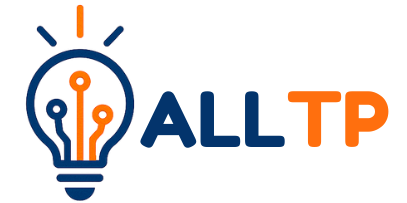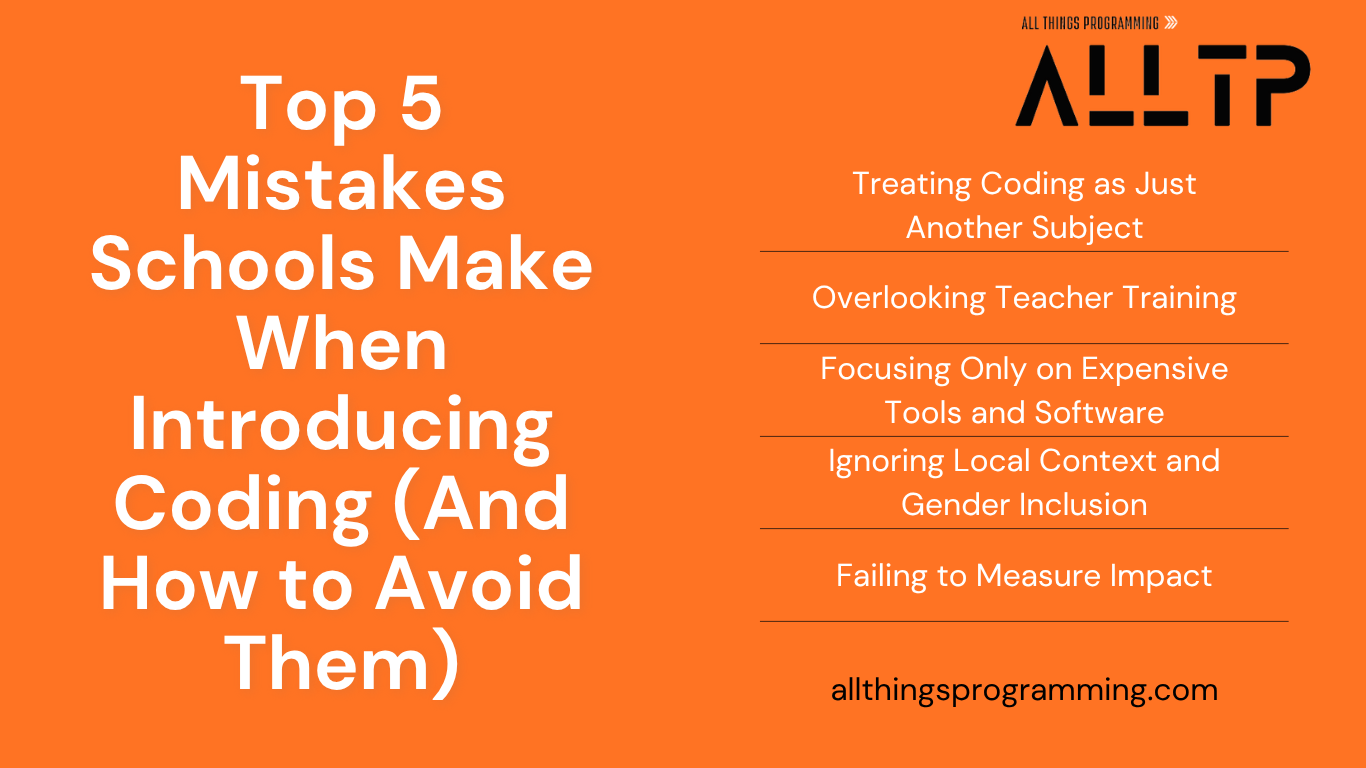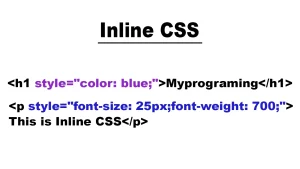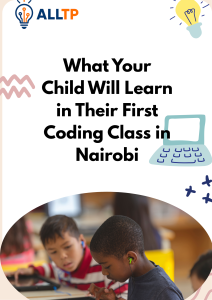The global shift toward digital literacy has made coding an essential skill for 21st-century learners. Yet despite growing interest and widespread recognition of its value, many schools in Kenya and beyond stumble in their first steps when implementing coding programs. Whether due to a lack of training, unclear goals, or inadequate resources, these early missteps can stall progress and limit impact.
This article explores the top five mistakes schools often make when introducing coding and more importantly, how to avoid them to build inclusive, effective, and sustainable coding education. Explore practical solutions and hands-on resources from All Things Programming, your go-to platform for coding for kids and schools.
1. Treating Coding as Just Another Subject
Many schools introduce coding as a standalone subject, separate from the rest of the curriculum. It’s often slotted into a single weekly lesson with little connection to other subjects.
Why It’s a Problem:
This siloed approach limits students’ understanding of how coding applies to real-life problems and diverse career paths. When disconnected from broader learning, coding becomes a technical exercise rather than a tool for innovation, creativity, and critical thinking.
How to Fix It:
To make coding meaningful, integrate it across subjects like math, science, and the arts. Let students build interactive math quizzes, simulate scientific experiments, or create digital art using code. This cross-disciplinary approach not only deepens learning but also demonstrates the power of coding as a universal problem-solving skill.
2. Overlooking Teacher Training
Many schools roll out coding programs without adequately preparing their teachers. In the context of coding Kenya, educators are often expected to teach programming without the necessary training, resources, or confidence..
Why It’s a Problem:
Without proper support, teachers may feel overwhelmed or underqualified, which can result in low-quality instruction and student disengagement. A lack of confidence in delivering coding lessons can also discourage experimentation and innovation in the classroom.
How to Fix It:
Partner with us to receive free teacher training or have trained coding teachers provided to schools without the need for separate IT hires. Additionally, invest in Continuous Professional Development (CPD) programs focused on digital literacy and coding. Provide access to online certification courses and encourage peer mentoring within schools.
You can also leverage free, teacher-friendly platforms like ScratchEd by Harvard and CS Unplugged to build skills through creative, practical activities. Supporting teachers is the first step toward empowering students and strong teacher support leads directly to stronger student outcomes.
3. Focusing Only on Expensive Tools and Software
In an effort to modernize, many schools prioritize purchasing expensive gadgets, laptops, tablets, and robotics kits, without first establishing a strong foundation in coding concepts.
Why It’s a Problem:
This hardware-first approach can quickly drain budgets, create access gaps, and exclude under-resourced students. Without a focus on core problem-solving and computational thinking skills, the technology becomes underutilized or misused.
How to Fix It:
Start simple. Use free, open-source platforms like Scratch, MIT App Inventor, or Replit for Python and JavaScript coding. These tools are accessible, beginner-friendly, and designed to build foundational skills. Once students and teachers gain confidence, schools can scale up gradually with more advanced tools and hardware as needed.
According to a recent study by North Carolina State University’s Friday Institute for Educational Innovation, successful coding integration depends heavily on strategic planning, teacher support, and student-centred design.
4. Ignoring Local Context and Gender Inclusion
Many schools adopt imported coding curricula without adapting them to fit local realities, languages, or cultural dynamics. These one-size-fits-all approaches often overlook the unique challenges and opportunities present in communities like those in Kenya.
Why It’s a Problem:
When coding programs aren’t grounded in local context, they risk being irrelevant or inaccessible. Worse, they can unintentionally reinforce existing inequalities, particularly gender gaps. Girls are often left out of tech initiatives due to stereotypes, a lack of encouragement, or unwelcoming learning environments.
How to Fix It:
Design coding programs with Coding Kenya in mind, programs that are locally relevant, culturally sensitive, and accessible to all. Promote safe, inclusive learning spaces that affirm girls’ potential and provide mentorship opportunities. Actively involve girls in planning, leading, and participating in tech activities to foster genuine inclusion and long-term interest in STEM.
5. Failing to Measure Impact
Once coding programs are launched, many schools move on without tracking progress, collecting feedback, or evaluating student outcomes. There’s often no system in place to assess whether the program is effective or needs improvement.
Why It’s a Problem:
Without data or reflection, schools risk repeating the same mistakes, wasting resources, and missing out on opportunities for growth. Educators can’t improve what they don’t measure, and students can’t thrive in a system that doesn’t evolve to meet their needs.
How to Fix It:
Set clear, measurable goals from the outset, such as student engagement levels, skill mastery, or project completion rates. Regularly collect feedback from both students and teachers. Use this information to make continuous improvements through an iterative model, ensuring the coding program remains relevant, effective, and inspiring over time.
To conclude, launching a coding program is a powerful step toward preparing students for the future, but only if done thoughtfully. By avoiding these five common mistakes, schools can create coding initiatives that are inclusive, sustainable, and impactful. Whether you’re just starting out or refining an existing program, remember that success depends on strategy, support, and adaptability.
For practical resources tailored to schools and coding for beginners, visit All Things Programming and take the next step with confidence.




